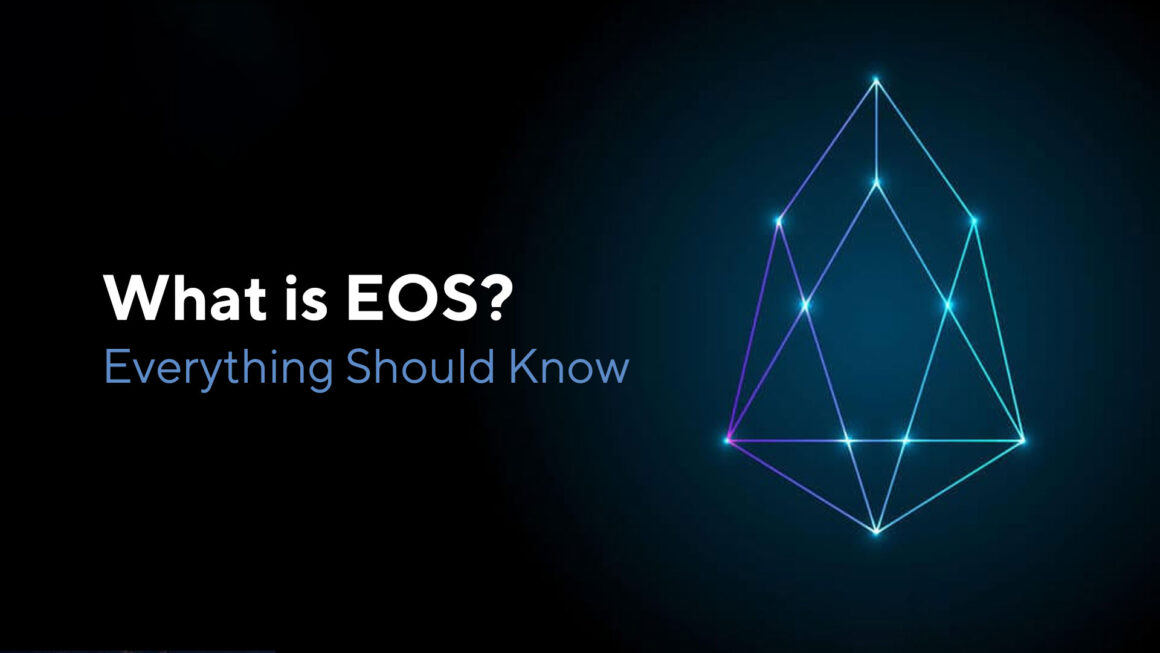The EOS cryptocurrency
was created in the summer of 2017, and now it occupies the 9th position in the
rank of digital assets by market capitalization. The popularity of EOS derived
from the opportunity of developing decentralized apps based on the blockchain.
That’s why this cryptocurrency is often called the ‘Ethereum killer’.
EOS strives to turn the world of blockchain, smart contracts, and dApps on its head. Based on the concepts first introduced by Ethereum, EOS pursues the aim of setting new performance & scalability standards. If things play out that way, EOS can become Ethereum 2.0 and a star to steer by. Sounds intriguing, isn’t it?
EOS Cryptocurrency: A
Brief History
The sale of EOS tokens fell on June 26, 2017, and was divided into 350 periods. At the end of each period, investors received tokens in an amount proportional to the sum invested in Ethereum cryptocurrency.
Almost immediately, EOS
tokens’ trade on large cryptocurrency exchanges was opened. That is, the rate
was determined by market demand. Traders were given a chance to observe the
project in the field and evaluate its benefits before investing. It’s necessary
to admit that not every startup offers such an opportunity!
At the initial stage, the token invited a large amount of investment and occupied the 5th position at the top of cryptocurrencies, sidelining Litecoin to 6th position. Today, the EOS boasts of market capitalization of $2.5 billion, and the daily trading volume reaches $280 million!
It’s important to
underline that EOS tokens have a specific function. Developers of dApps running
on a blockchain use EOS to issue their own tokens.
EOS Blockchain: Key
Features
Initially, the EOS crypto
was based on the Ethereum blockchain. To invite investment on his own Block.one
network development, the creator of EOS conducted an initial coin offering
(ICO). During the ICO he got a funding in the amount of $4 billion.
Let’s consider the main
features of EOS blockchain!
-
- High scalability. The EOS network boasts of a delegated proof-of-stake consensus algorithm, which allows it to process several million transactions per second.
-
- Flexibility. The possibility of a network hard fork due to a hacker attack is eliminated due to the DPoS algorithm. Block producers can interrupt the system until troubleshooting.
-
- Shadowing implementation of smart contracts. The blockchain offers the concept of smart contracts’ shadowing implementation, which reduces the contracts’ processing time using horizontal network scaling.
-
- Decentralized OS. The EOS blockchain serves as an OS for the creation of dApps and smart contracts’ implementation.
-
- Token holders own the computing power and EOS network’s resources.
How to Get EOS
Cryptocurrency?
It’s impossible to mine
the EOS cryptocurrency. Blockchain transactions are confirmed not by miners (as
in most other networks), but by block producers.

Leave a Reply